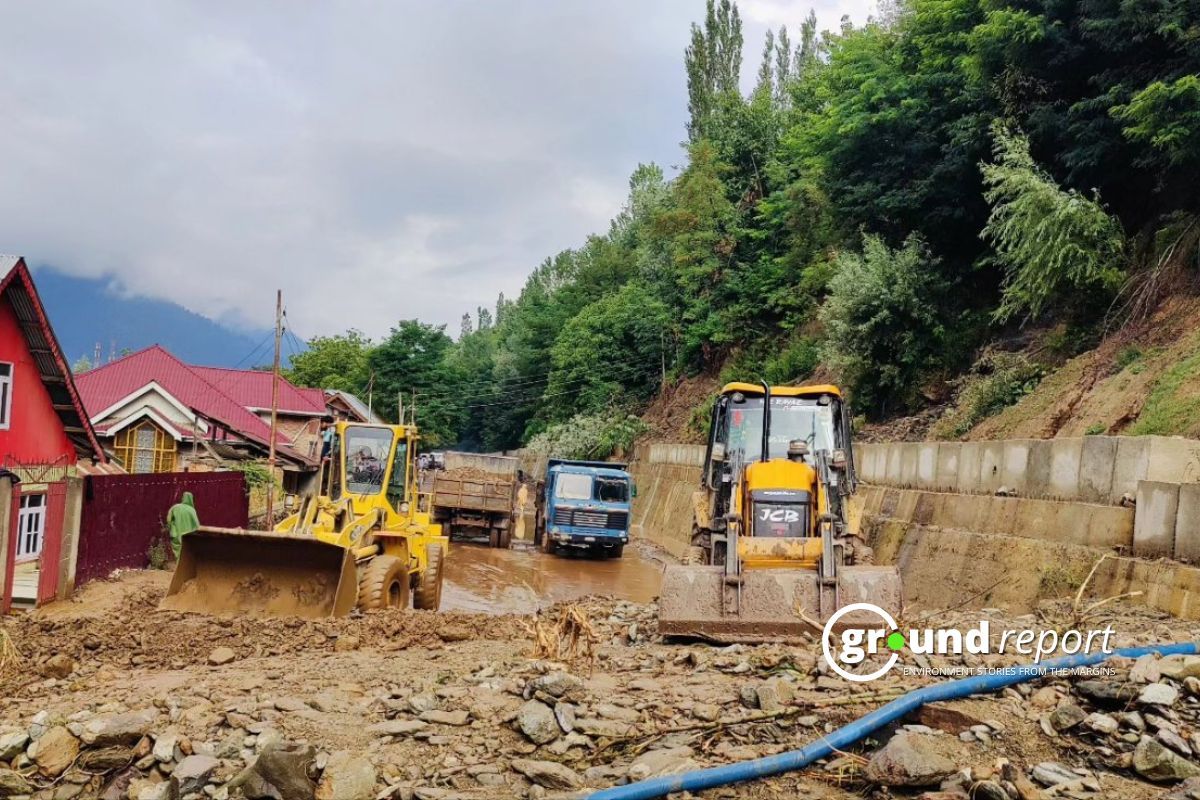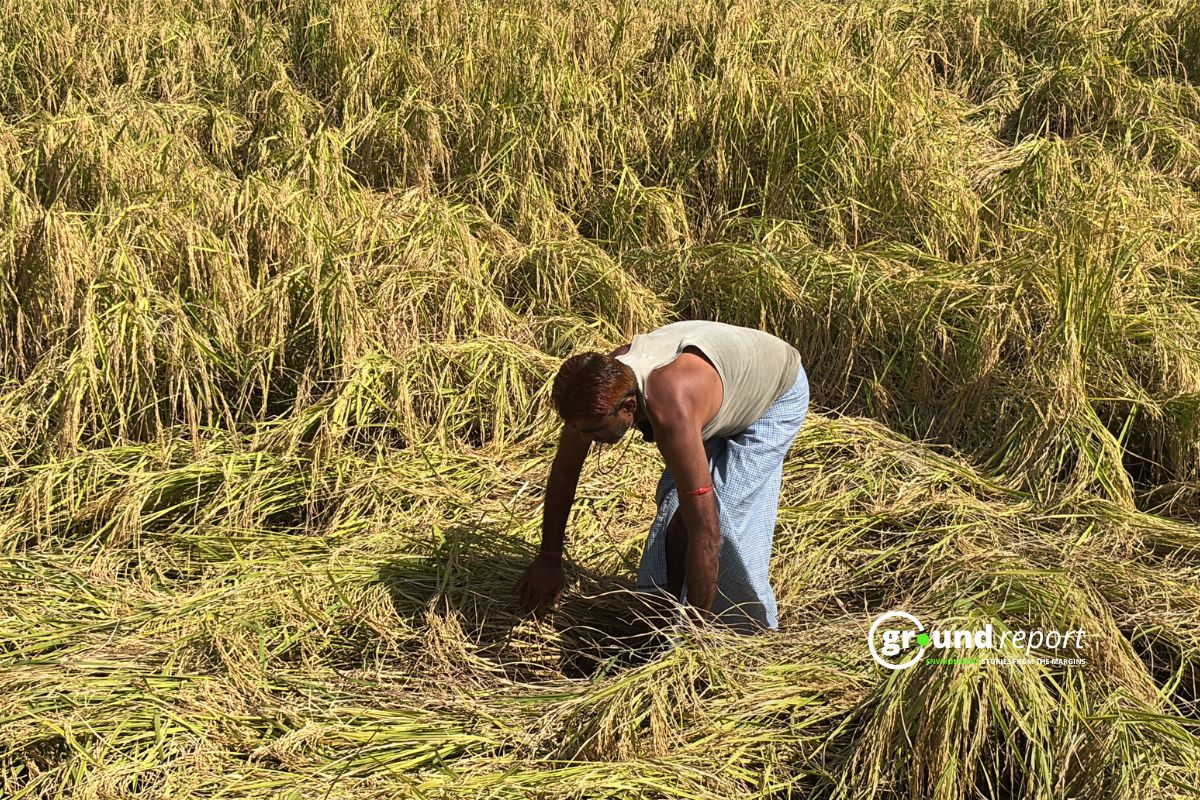The Trump administration hailed logging as a solution for job creation and wildfire prevention, but experts warn of major challenges.
On March 1, former President Donald Trump issued two executive orders to increase timber production on federal land and regulate wood product imports. The move was quickly celebrated by the timber industry, with Travis Joseph, president of the American Forest Resource Council, calling it “common sense directives.”
Supporters argue that logging can help clear overgrown forests, reducing wildfire risk. Timber industry groups and rural lawmakers believe the initiative could lead to job growth and better forest management. However, environmentalists and forestry experts disagree, saying that cutting down more trees won’t prevent wildfires and could make them worse.
Scott Stephens, a fire science professor at the University of California, Berkeley, explains that wildfire risk is influenced by multiple factors, including a history of fire suppression, which has left forests unnaturally dense; climate change, leading to higher temperatures and drier conditions; insect infestations killing trees and adding fuel to fires; and the high cost and labour-intensive nature of proper forest management.
Chad Hanson, co-founder of the John Muir Project, argues that logging actually increases fire risk. Removing trees reduces wind resistance, allowing flames to spread faster, and exposes the forest floor to more sunlight, encouraging flammable grasses. “The more trees you remove, the faster wildfire flames sweep through the forest,” Hanson said.
Although Trump’s plan aims to boost the timber industry, but experts caution that economic realities may limit its impact. U.S. timber production supplies about 70% of the nation’s needs, with the remaining 30% from Canada. Tariffs on imported wood could make domestic logging more attractive, but infrastructure challenges remain.
Many sawmills have closed due to economic downturns, and reopening them would require significant investment. Additionally, much of the available timber on federal land isn’t suitable for commercial use.
“We have fixed capacity,” said Mindy Crandall, a forest economist at Oregon State University. Logging jobs require specialised skills. “You can’t just take people off the streets to cut trees,” said Ernesto Alvarado, a forestry professor at the University of Washington.
Beyond fire risk, increased logging could harm the environment. Felled trees release large amounts of carbon, and many conservation groups fear damage to wildlife habitats. Randi Spivak of the Center for Biological Diversity criticised the plan, saying it threatens over 400 endangered species, including grizzly bears and spotted owls.
“Trump views our public lands as commodities,” she said. Legal challenges are expected. Organisations like the Center for Biological Diversity and Earthjustice will fight the executive orders in court.
While the Trump administration pushed logging as a solution to economic and wildfire concerns, experts say there are still many unknowns. The industry would need time to expand, and it’s unclear whether increased timber production would impact wildfire prevention. “There’s a lot being proposed for changes right now,” Crandall said. “But we don’t know.”
As the debate continues, one thing is certain: the intersection of forestry, economics, and environmental policy will remain a hot topic in the years to come.
Support us to keep independent environmental journalism alive in India.
Keep Reading
California Fires Live updates: destructive wildfires in history
Hollywood Hills burning video is fake and AI generated
Devastating wildfire in California: wind, dry conditions to blame?
Los Angeles Cracks Under Water Pressure
From tourist paradise to waste wasteland: Sindh River Cry for help
Follow Ground Report on X, Instagram and Facebook for environmental and underreported stories from the margins. Give us feedback on our email id greport2018@gmail.com.
Don’t forget to Subscribe to our weekly newsletter, Join our community on WhatsApp, and Follow our YouTube Channel for video stories.






